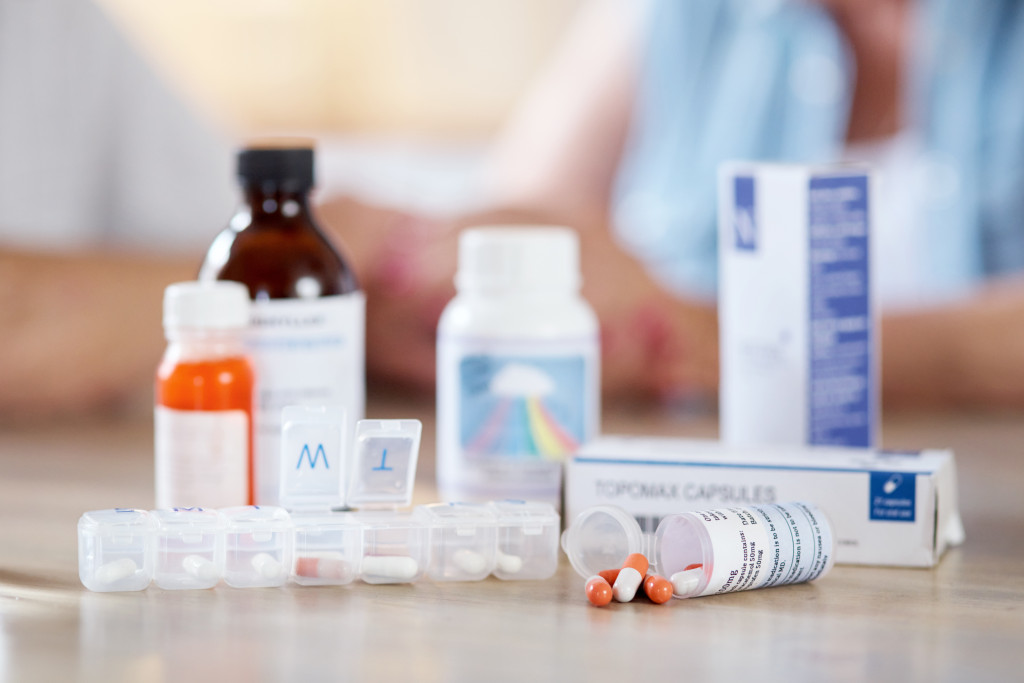TGA and Medsafe pharmacovigilance requirements for literature monitoring
- 21/03/2024
Australia and New Zealand are the primary players in the pharmaceutical market within Oceania, boasting substantial industries and robust regulatory frameworks overseeing healthcare. Predictions by Statista indicate that by 2024, the pharmaceutical market in Australia & Oceania will soar to US$11.64 billion. It is projected to experience a steady annual growth rate of 6.72%, reaching US$15.10 billion by 2028. Notably, there’s a growing demand for generic drugs, fueled by factors such as an aging population and high rates of chronic illnesses. Consequently, these markets are desirable for pharmaceutical companies. However, adherence to regulatory rules is imperative for market presence. Furthermore, pharmacovigilance rules are pivotal in ensuring compliance and safety. Australia’s Therapeutic Goods Administration (TGA) and New Zealand’s Medsafe enforce stringent safety regulations. This article delves into the TGA and Medsafe pharmacovigilance requirements for literature monitoring, shedding light on the regulatory frameworks guiding pharmaceutical operations.
Guideline on the Regulation of Therapeutic Products in New Zealand
Per the Guideline on the Regulation of Therapeutic Products in New Zealand, sponsors are advised to regularly review scientific and medical literature and assess reports of suspected adverse reactions within the country. This ensures the identification and documentation of Individual Case Safety Reports (ICSRs). It’s worth mentioning that a new edition of the GVP is currently being considered. However, regarding literature monitoring, no significant changes are anticipated compared to the approved version, which we’ll delve into below.
Key Practices for Literature Monitoring by Medsafe
- Reviews should occur at least every three months after the medicine is available on the market, not from the time of application submission or consent for distribution.
- When multiple medicines are mentioned in a publication, only those the author links to the adverse reaction should be considered.
- Each identifiable patient case warrants a separate report meeting specific criteria. Essential medical details must accompany the report, with publication authors considered primary sources.
- Sponsors should report only incidents within New Zealand for the medicines they distribute. If the medicine brand is unknown, reporting is advised only if their medicine was used in New Zealand at publication.
This practice prevents duplicate reporting, with reports ideally accompanied by publication references or copies.
Pharmacovigilance responsibilities of medicine sponsors: Australian recommendations and requirements
Regarding the pharmacovigilance responsibilities of medicine sponsors, both Australian guidelines and Medsafe recommendations stress the importance of monitoring the literature to ensure drug safety. However, there are notable distinctions between them. Overall, the Therapeutic Goods Administration (TGA) recommendations closely align with the European Medicines Agency (EMA) recommendations.
Essential Approaches to Literature Monitoring by TGA in Australia
- Sponsors are required to routinely check widely used databases such as Medline, Excerpta Medica, or Embase every week. These databases should contain articles covering the medicine and its properties, using its trade and active ingredient names.
- Sponsors also oversee ongoing safety and efficacy studies, including non-human teratogenicity and/or carcinogenicity studies, to spot any pertinent safety findings.
- Additionally, sponsors should thoroughly evaluate scientific and medical literature articles from global and local sources (including abstracts from meetings and draft manuscripts). When adverse reactions related to the medicine are reported in scientific and medical literature, the sponsor should determine which adverse reactions occurred in Australia.
- Authors serve as the primary sources for adverse reactions reported in the literature. It’s essential to follow up and confirm any serious adverse events mentioned in the literature by contacting the study’s author for additional information. This includes any details required to evaluate causality and patient identifiers.
Conclusion
The TGA and Medsafe pharmacovigilance requirements for literature monitoring ensure comprehensive surveillance of adverse events in Australia and New Zealand. While Australia and New Zealand prioritize literature monitoring, they diverge in regulatory practices. New Zealand conducts monitoring every three months after the drug hits the market. In contrast, Australia, the EU, and the USA monitor weekly, ensuring more frequent surveillance. Another difference is the start of monitoring. In New Zealand, it begins post-market; in the EU, it starts upon application submission. These variations highlight the need for pharmaceutical companies to tailor their approaches to meet specific regulatory standards, ensuring compliance and public health protection. Exploring global regulations will provide valuable insights into pharmacovigilance practices. Future DrugCard platform blog posts will delve into these diverse requirements, offering an in-depth look at regulatory frameworks governing pharmaceutical operations worldwide.




